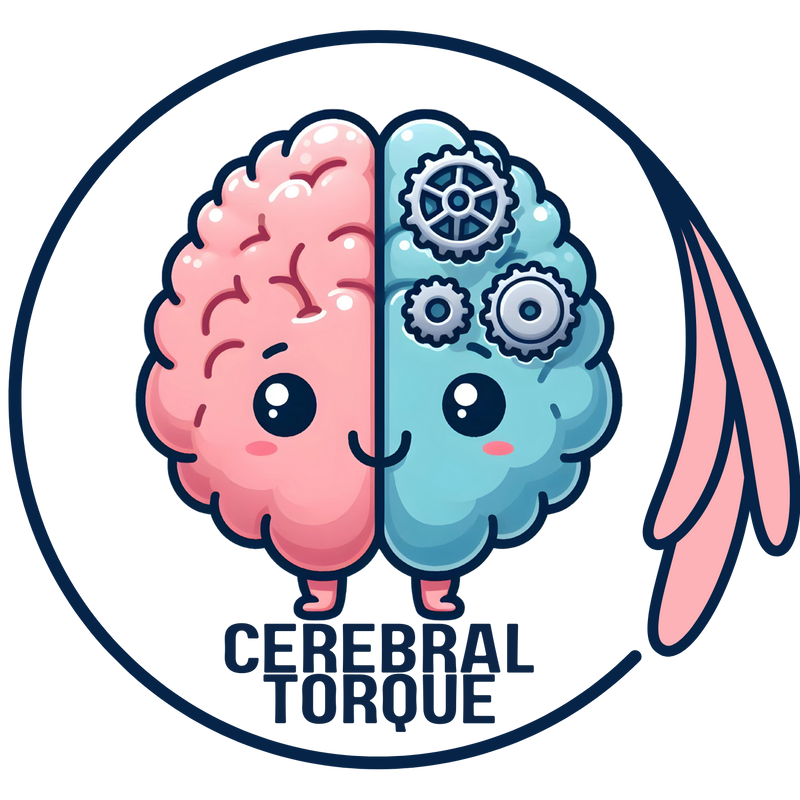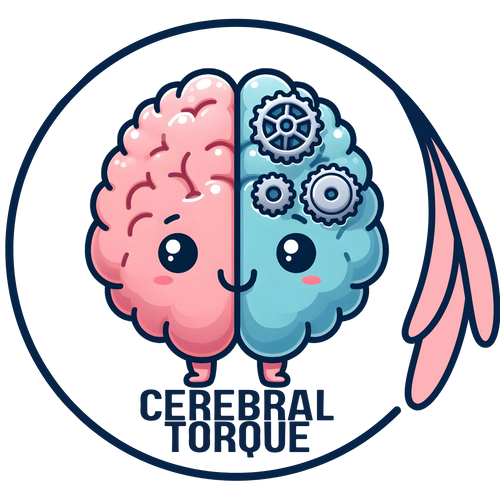First-line, Second-line, and Third-line Chronic Migraine Preventive Treatments
Posted on September 19 2022,

This post is for educational purposes only and may contain errors. Please talk to your neurologist.
In our last blog post, we listed the first-line prescription preventive medications for episodic migraines (<15 migraines/month) and, as promised, we will now list the first-, second-, and third-line preventive treatments for chronic migraine (≥15 migraines/month).
Unfortunately, some patients with episodic migraines will have an “episodic migraine transformation” and develop chronic migraine. This will happen in approximately 2.5% of episodic migraine patients.
Keep in mind that with good prevention, chronic migraine sufferers will either reverse to episodic migraine (~70%), low-frequency episodic migraine (≤ 9 migraines/month) or have no headache (~26%). Good prevention will also prevent medication over use headaches (see: MOTS trial).
Prevention is the holy grail for chronic migraine treatment.
There are four first-line preventive medications for chronic migraine:
- Propranolol
(A beta blocker. Excellent for non-smokers less than 60 years old that have hypertension as a comorbidity)
- Amitriptyline
(A tricyclic antidepressant. Great for patients with insomnia)
- Topiramate
(A carbonic anhydrase inhibitor and anticonvulsant. Great for patients with obesity or epilepsy)
- Valproic acid
(Another anticonvulsant. Must not be used in women of child-bearing age as it is teratogenic. Liver function tests necessary)
Second-line preventives for chronic migraine:
- CGRP antagonists aka calcitonin gene-related peptide antagonists
(Monoclonal antibodies. Specific drug names are: fremanezumab, galcanezumab, eptinezumab, erenumab. Expensive and insurance will try to not pay. Works very well, but for a relatively short period of time as the body builds antibodies against the drug. Long term health effects, especially cardiovascular, are currently unknown)
- Botox
(Expensive, but effective. Requires 31 injections in 7 areas that must be done in a clinical setting. Will begin to wear off by the 8th week so will require a bridge therapy to get to the next set of injections by 12th week. Occipital nerve block suggested with botox. May take months to see the full effect so try a second or third round if the first doesn’t work)
- Magnesium
(One of two natural second-line agents. Dosage dependent. May cause an upset stomach. Effective- especially with menstrual migraines. See the FAQ here for more information: https://www.cerebraltorque.com/pages/faq)
- Riboflavin aka vitamin B2.
(Second natural second-line agent. Also dosage dependent. See the FAQ here for more information: https://www.cerebraltorque.com/pages/faq)
- Venlafaxine
(SNRI. It is very uncomfortable to stop this drug due to discontinuation syndrome. Do not take with MAOIs or opioids)
- Atenolol, nadolol, metoprolol
(Beta blockers. Only the beta blocker propranolol is a first line preventive for chronic migraines. The others are second line agents)
- Verapamil
(Calcium channel blocker. Effective in cluster headaches as well. Good for patients that also have hypertension, especially those over 60 years of age or smoke. Contraindicated in patients with atrial fibrillation and other cardiac arrythmias)
- Gabapentin
(Good for patients that also have neuropathic pain)
- Candesartan
(Angiotensin receptor blocker. Good for heart failure and hypertension patients. Consult with a cardiologist as new heart failure guidelines prefer angiotensin receptor blocker valsartan with a neprilysin inhibitor)
- Nortriptyline, protriptyline
(The other tricyclic antidepressants)
Third-line preventives for chronic migraine:
- Feverfew
(See the FAQ here for more information: https://www.cerebraltorque.com/pages/faq)
- Tizanidine
(Alpha-2 receptor antagonist. Good for muscle spasticity due to spinal trauma or neurodegenerative disease)
- Memantine
(Alzheimer’s medication. Unlikely to be prescribed)
- Pregabalin
(Good for neuropathy)
- Cyproheptadine
(1st generation antihistamine so will have sedation properties)
- Zonisamide
(Seizure and Parkinson’s disease medication. Unlikely to be prescribed)

For more preventive options, see: Uncommon migraine preventives.
Thu, Apr 24, 25
Clinical Predictors for Efficacy of Erenumab (Aimovig) for Migraine
Discover key predictors of Aimovig (erenumab) response in migraine patients. This REFORM study reveals which patients benefit most from CGRP therapy and why timing matters. Evidence-based insights for better treatment...
Read MoreWed, Apr 23, 25
Effectiveness and Tolerability of Atogepant (Qulipta) in the Prevention of Migraine
STAR study shows atogepant (Qulipta) effectively reduces migraine days by 56.6% in real-world clinical practice, even for patients with previous treatment failures. Learn about this breakthrough.
Read MoreWed, Apr 23, 25
Impact of Visual Stimulus Complexity on Associative Learning in Migraine Patients
Groundbreaking research reveals how migraine patients process visual information differently. This 2025 study found that migraine patients take longer to process simple visual stimuli compared to complex images, which is...
Read More
